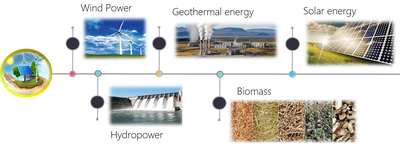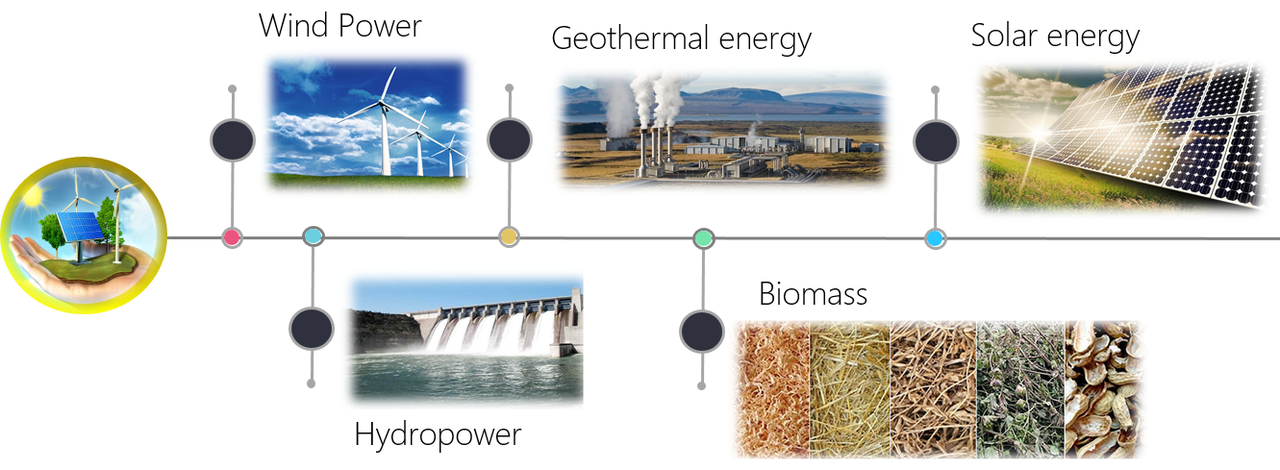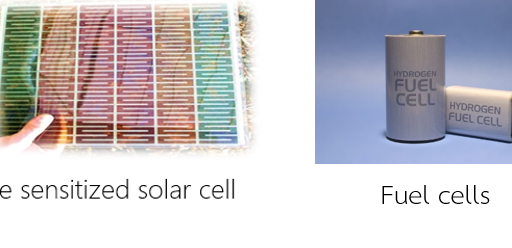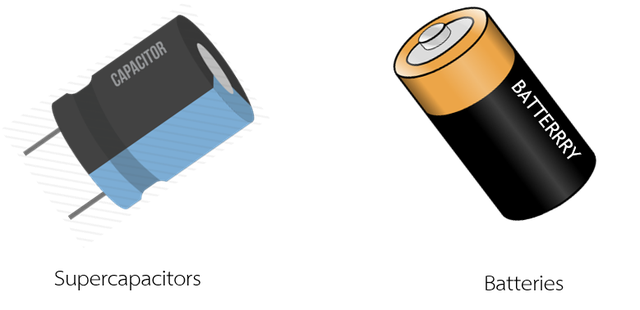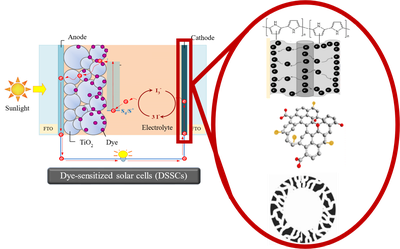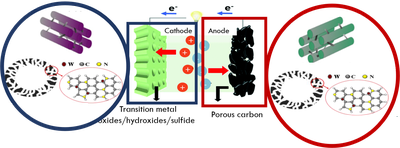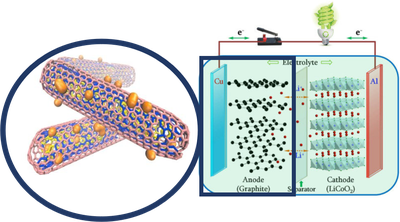Kasetsart University, Department of Chemistry, Bangkok, Thailand
Research
Coal, oil, and natural gas are all considered as the nonrenewable energy sources because they were formed from the buried remains of plants and animals that lived millions of years ago. In the recent years, our world depends so much on energy and the society strives to achieve a more energy sources that will last forever. This is poised to undergo a massive transformation to use sustainable energy that are accessible and—most importantly—replenishable in the future. Therefore, funding for energy research and energy-conversion projects is on the rise. Overall, this is a very exciting time to work in the energy industry and be involved in the field of energy conversion and storage.
In the advanced energy conversion and storage technology Lab, our research has developed the new electrocatalysts to catalyze the redox reactions in the systems ranging from energy conversion (tri-iodide reduction reaction in dye-sensitized solar cells; oxygen reduction reaction in fuel cells) and energy storage (ion adsorption/redox reaction in supercapacitors; Li intercalation/deintercalation processes in Li-ion batteries).
We also bring together the fundamental chemistry and physics to develop these new technologies, as we are deeply interested in using the fundamental chemistry and physics to generate new innovative device- and systems- level engineering with functionality, efficiency, durability scalability, and economic viability.
Of particular interest in our research group are dye-sensitized solar cells (DSSCs), the most promising photovoltaic devices that are capable of transforming sunlight into electricity directly. The fields of DSSCs have attracted considerable attention because of environmental friendliness, low-cost, simple production process, and satisfactory efficiency. These advantageous features make DSSCs the potential candidates for high-efficiency energy conversion applications.
Our current focus also is supercapacitors (SCs), the promising type of electrochemical energy storage devices that can store the energy to address the issues of imminent shortage of energy. In particular, SCs are often favoured owing to their advantages, such as swift charging/discharging rates, superior cycliablity, outstanding power density, long cycle life. These merits would make major advances in many current and emerging energy storage technology.
Fuel cells (FCs) are in the limelight of the energy conversion field because of their high-power density and eco-friendly nature. Nevertheless, the cosmically commercialization is still restricted by the high cost and instability of platinum (Pt)-based catalysts. Regarding these facts, it is highly desirable to exploit efficient platinum alternative catalysts for FCs, particularly for the sluggish oxygen reduction reaction (ORR) on the cathodes.
The rechargeable lithium-ion batteries (LIBs) are absolutely essential in the application of the portable electronics and electric vehicles (EVs), but they still have difficulty in constantly increasing high energy density demands for future market. This can be ascribed to the intrinsic capacity limitation associated with insertion reaction of battery materials.
The demand for pesticides has been increased tremendously during the last 50 years because they have many benefits attributed to economy, protection of commodity yield and quality as well as the reduction of other costly inputs such as labor and fuel. Notwithstanding pesticide benefits, exposure to pesticides has numerous negative health and environmental issues that have been associated with chemical pesticides. Thus, the accurate detection of trace levels of pesticides is significantly necessary in many fields. The exploration of new, fast, convenient and efficient detection technology for pesticide determination is of great value. It is expectable that electrochemical biosensors have great potential application in analysis field and determination of pesticides in food safety, drug residue determination and environmental monitoring.
To reduce the health risk issues or even eliminated, an electrochemical biosensor that can detect the existence of pesticide in the food products is needed to be developed. The project seeks the possibility of integrating sponge-like CulnS2 microsphere and graphene as an electrocatalyst in order to develop a real-time sensor for the quantification of chlorpyrifos in foods and drinks products.
Reflecting the interdisciplinary nature of DSSC, SC, FC, LIB, and electrochemical biosensor devices, the strengths of this research program are at the intersections of chemistry, physics, materials science, electrochemistry, catalysis, interfacial science, and engineering. Additionally, our research group evaluates the properties and performance of materials as well as devices with high spatial resolution via material and electroanalytical techniques. In other words, we study the behaviors of the electrocatalysts at very small length scales to obtain the information that can convey to the mechanism occurring when the electrocatalysts are operating in an environment mimicking conditions that would be encountered in real-world applications. Analytical tools commonly used in our lab include thermogravimetric (TGA) instrument, scanning electron microscope (SEM), transmission electron microscope (TEM), Raman spectrometer, X-ray photoelectron spectrometer (XPS), cyclic voltammetry (CV), electrochemical impedance spectroscopy (EIS), incident photon-to-current efficiency (IPCE) spectrometer, and photocurrent density−voltage measurement. By pushing the limits of what these tools can teach us, we are able to understand and optimize materials that can be used for the conversion of solar energy, storage of the electrical energy, and detection of the pesticide. Moreover, we also apply that knowledge to improve the performance of real-world energy conversion and storage devices as well as electrochemical biosensors and to have realistic expectations when the systems become bigger than what we study on the lab scale.
Masters and undergraduate students are integral to this research group. Additionally, the collaboration with universities, national labs, and the industries with common interests are very welcome.
